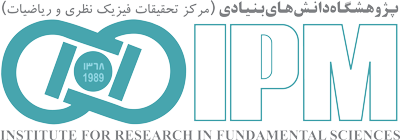“School of Physics”
Back to Papers HomeBack to Papers of School of Physics
| Paper IPM / P / 18298 |
|
||||||
| Abstract: | |||||||
|
The James Webb Space Telescope (JWST) is reporting massive high redshift galaxies that appear challenging from the $\Lambda$CDM perspective. Interpreted as a cosmological problem, this necessitates the Planck collaboration underestimating either matter density $\Omega_m$ or physical matter density $\Omega_m h^2$ at higher redshifts. Through standard frequentist profile likelihoods, we identify corroborating quasar (QSO) and gamma-ray burst (GRB) data sets where $\Omega_m$ increases with effective redshift $z_{\textrm{eff}}$ and remains anomalously large at higher redshifts. We relax the traditional priors by allowing for $\Omega_m > 1$, consistent with negative dark energy density, to locate profile likelihood peaks where possible. While the variation of $\Omega_m$ with $z_{\textrm{eff}}$ is at odds with the $\Lambda$CDM model, demarcating frequentist confidence intervals through differences in $\chi^2$ in profile likelihoods, the prevailing technique in the literature, points to $3.9 \sigma$ and $7.9 \sigma$ tensions between GRBs and QSOs, respectively, and Planck-$\Lambda$CDM. We explain the approximations inherent in the existing profile likelihood literature, and highlight fresh methodology that generalises the prescription. We show that alternative methods, including Bayesian approaches, lead to similar tensions. Finally, in the large sample limit, we show that Feldman-Cousins prescription for frequentist confidence intervals in the presence of a boundary (prior) leads to confidence intervals that are bounded above by Wilks' theorem.
Download TeX format |
|||||||
| back to top | |||||||



















